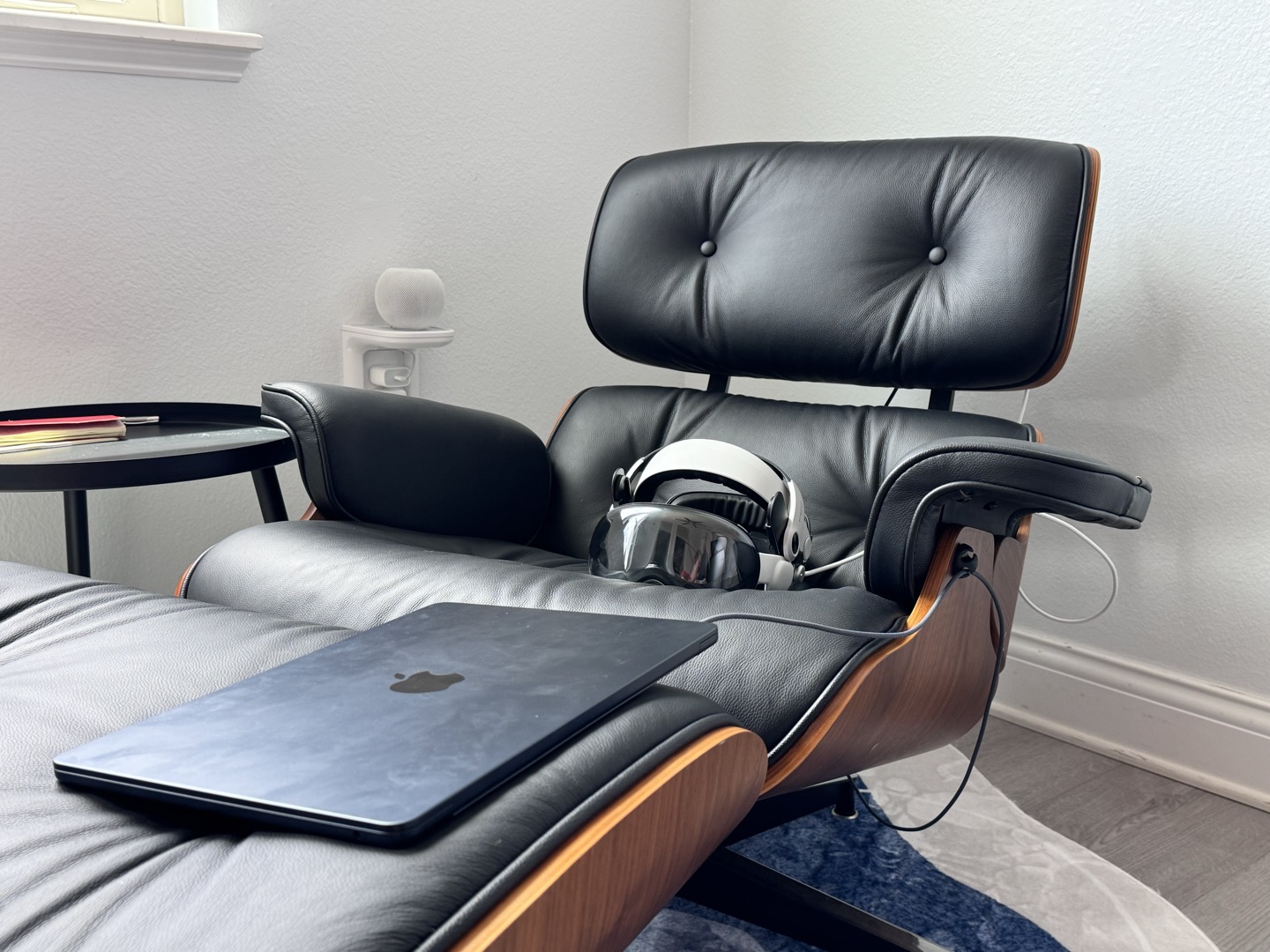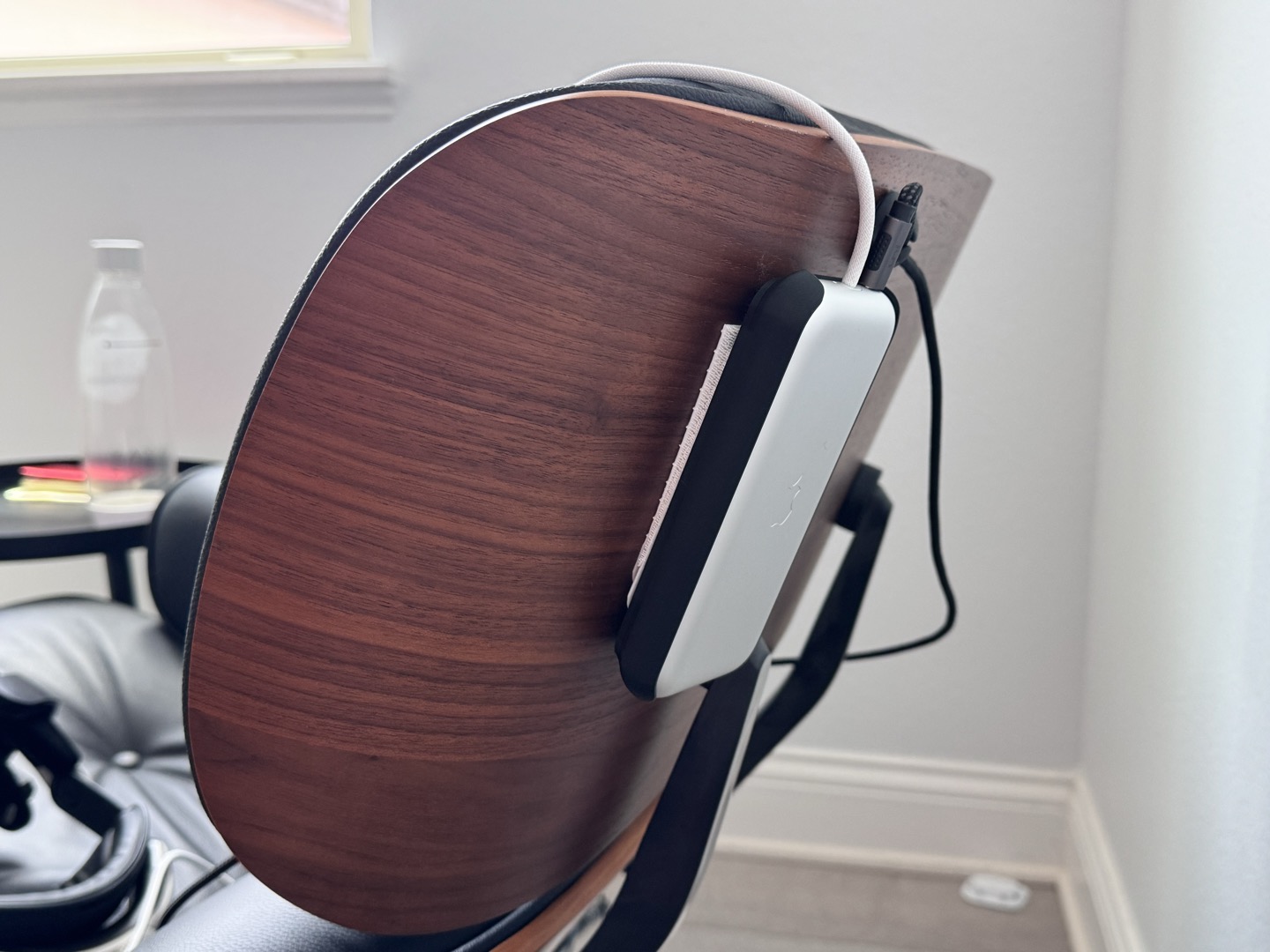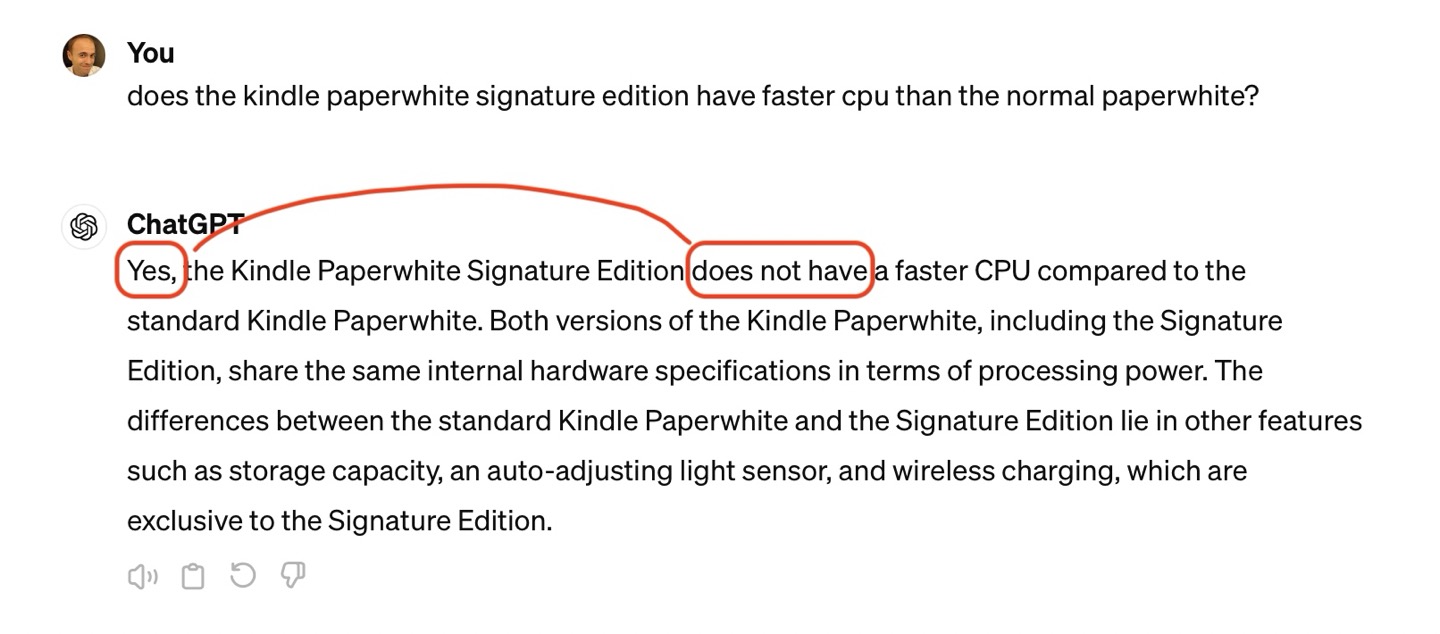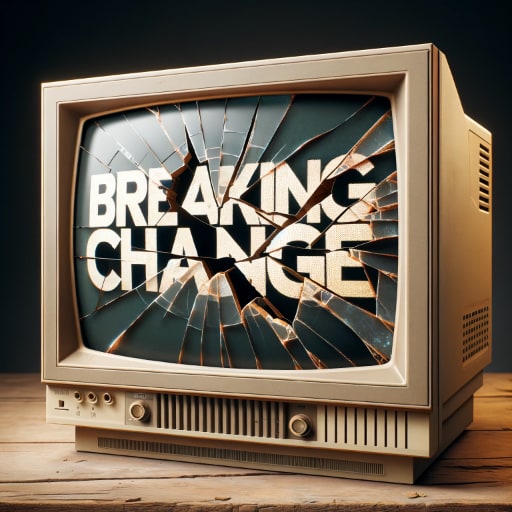Some of my favorite Japan-only apps
This is a copy of the Searls of Wisdom newsletter delivered to subscribers on May 1, 2024.
We kicked April off right around here with a stay at the new Evermore resort's Conrad hotel, which saw fit to include yet another upscale tiki bar in a part of town that contains an order of magnitude more tiki bars than thai restaurants. And five times more tiki bars than pharmacies. Roughly as many tiki bars as schools, judging by a quick search. Anyway, here's me drinking an Oaxaca Colada out of a ceramic conch shell:
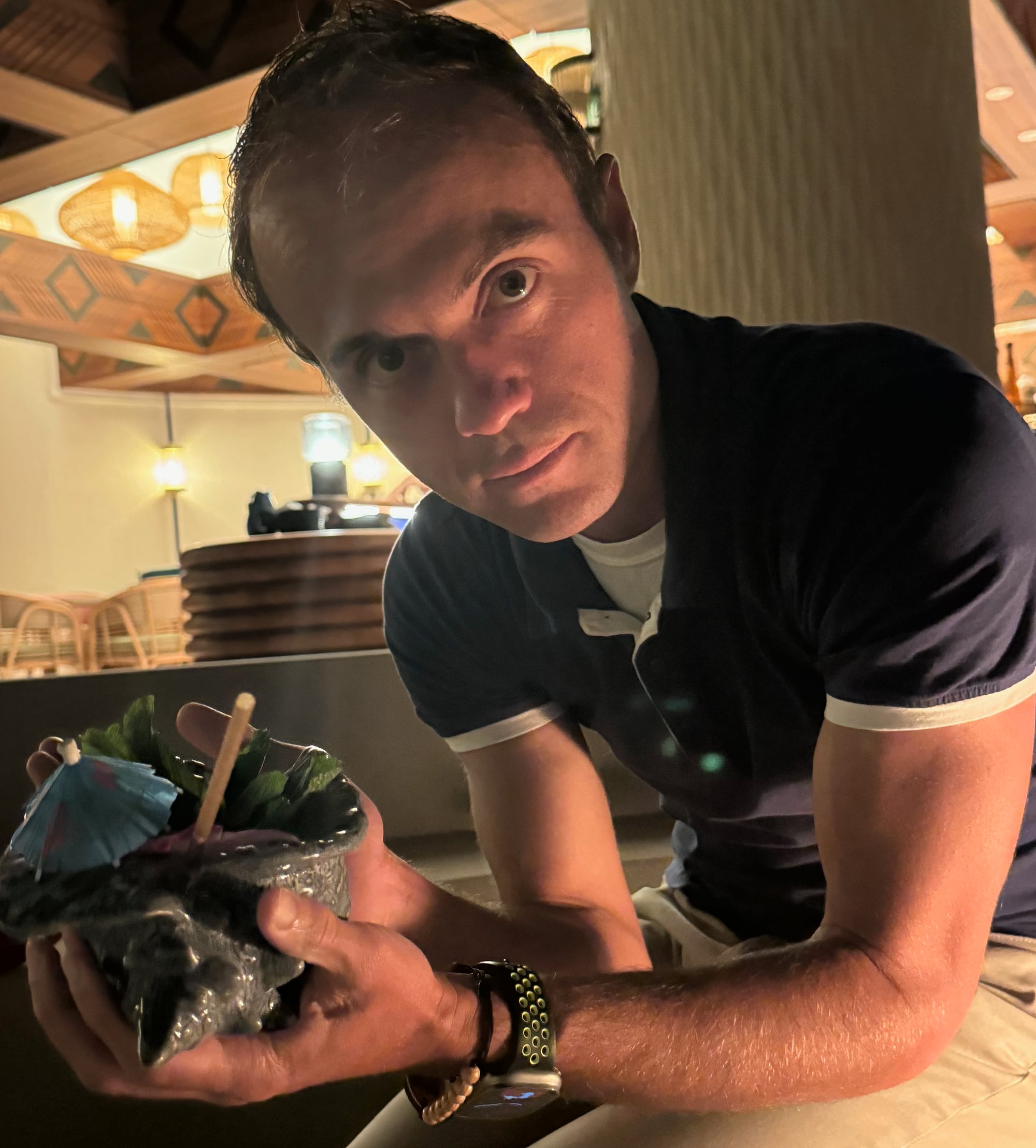
Not too much to report this month that I didn't already cover on my web site, as I was mostly heads-down writing software.
Oh, by the way, to all the folks who kindly wrote in to express sympathy about the back pain that I documented here last month: thank you. It was entirely uncalled for (as in, I did not call for it), but I appreciate the sentiment. For what it's worth, I got in to see my physical therapist and she patiently listened to me ramble about the dozen theories I'd been crafting before simply asking, "are you doing the hamstring stretches I showed you two years ago?" At which point, I melted into a pile of humiliated goo and slid away, escaping under the door.
Anyway, stretching my hamstrings every day is helping a lot. God, I hate doing them, though.
April was also defined by the various preparations needed for what's shaping up to be another epic Japan trip. (Incidentally, this is also what consumed a good chunk of last April.) After going to RubyKaigi as a foreign correspondent for Test Double, I've decided to return in a slightly more low-key fashion. Oh, and this time Becky's joining me!
After the conference, I'm hoping to spend a couple weeks wandering heretofore unexplored (by me) regions of the country on a solo language-learning and research expedition. To assist in documenting all the places I'll go, I added a mapping feature to my site that I call Spots.
As I check items off my packing list, I re-installed and logged into several of the apps I use whenever I'm in Japan. Switching my phone to my Japanese Apple ID for this purpose has become something of an annual ritual of mild frustration that nevertheless leaves me ponderous. Why does everyday life in Japan require a full home screen of only-available-in-the-Japanese-App-Store apps? And if we were to compare them to their counterparts in the West, what might they teach us?
When I first signed up for a study abroad program nearly 20 years ago, it was in large part because Japan seemed like such a radical departure from my upbringing in the states. When I took an elective on post-war Japanese industrial design, I was repeatedly awestruck by the number of tools and appliances that solved common problems in ways I hadn't seen before. That so many things are designed and produced independently in Japan made me realize how many facets of life I'd assumed to be constant were in fact variable. Knobs that twisted left when they "should" have twisted right. The tea kettle whose fully-concealed cord resulted in my not realizing it was electric and subsequently melting it over my gas range. The countless bathtub drains whose basic operation escaped me, leading to my checking out from more than one hotel with a tub full of water. But one thing I hadn't bargained for was the degree to which this profound differentness would also apply to Japanese software design.
Japan produces a lot of software intended primarily (if not exclusively) for domestic consumption. For almost every major function of our lives that's mediated by a popular app, it's likely some other app you've never heard of dominates the same market in Japan. The fact these apps often emerged in relative isolation provides a sort of natural experiment, offering us the opportunity to question features we thought were essential and appreciate alternate approaches we might not have arrived at ourselves.
In case it might whet your appetite for exploring these differences, today I'm going to give a quick run-down of a few of my favorite Japanese apps below.
